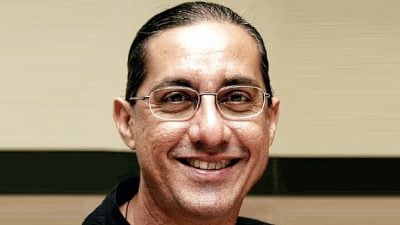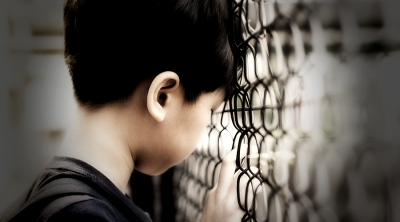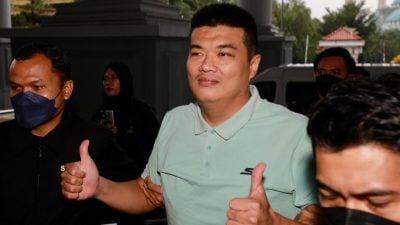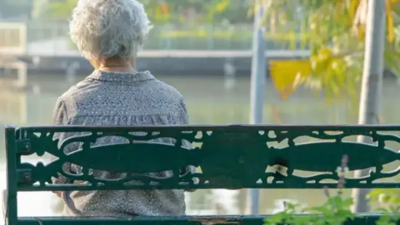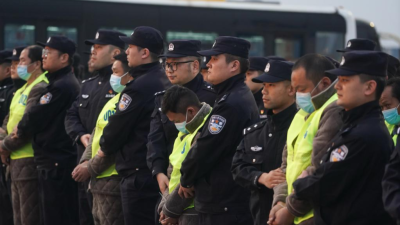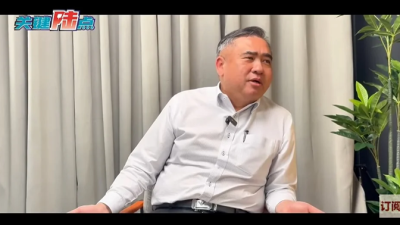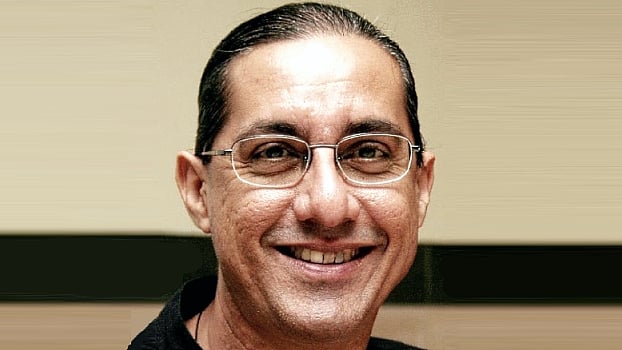
It is heartening to see that the government has given more emphasis to persons with disabilities, both in Budget 2025 and Rancangan Malaysia Ke-13 (RMK13), focusing on services for children with autism.
However, we note that the policy plans for growing services for the education of children with disabilities are to segregate or integrate children but not to include them.
We would like to reflect on these plans to highlight the need for services for children with disabilities in Malaysia to follow current international practice, best evidence and lived experience.
Over the past four to five decades, disability services for children in many progressive nations have shifted from a system of exclusion to segregation to integration and now to one of inclusion.
This is in accordance with the principles outlined in the Convention on the Rights of Persons with Disabilities (CRPD).
This is best illustrated by a diagram explaining exclusion, segregation, integration and inclusion according to the CRPD.
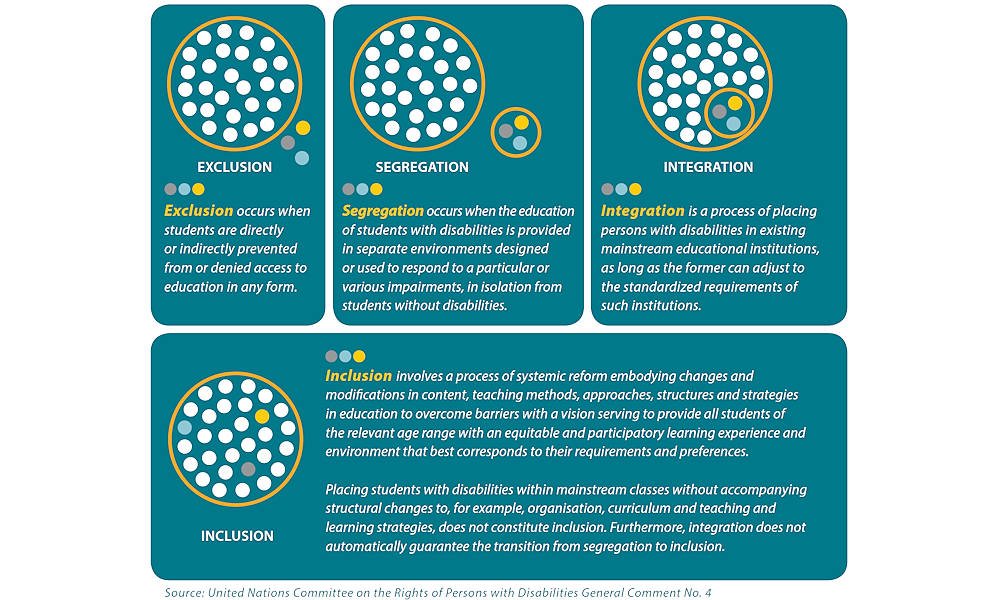
This transformation has happened through changes in societal attitudes, legal frameworks and educational progress.
The transition has involved the recognition of the rights of children with disabilities to participate fully in society, including education, and implementing strategies to support their needs in mainstream settings with a view to enabling equal access to employment, health, culture and independent living.
It is important to note that there has been a crucial shift from the medical model (viewing disability as the deficit of an individual) to the social model (viewing disability as a result of societal barriers).
This change recognizes that ableist attitudes and societal structures are disabling barriers that impede persons with disabilities from accessing rights on an equal basis with others.
There has been growing recognition that individuals with disabilities have the same fundamental rights as those without disabilities, including the right to education, social participation and community life.
Hence many nations, including some of our neighbors, have introduced legislation and policy frameworks mandating that students with disabilities be educated alongside their peers without disabilities.
Such legal frameworks have spurred a move towards inclusive education—aimed at providing appropriate support for students with disabilities within general education classrooms and school activities.
The support includes early intervention programs, pre-school education and in higher education.
Hence, progressive nations have created inclusive learning environments that are welcoming and accessible for all students, regardless of their perceived abilities, and that foster a sense of belonging and positive social relationships.
To promote effective inclusion, there is collaboration between teachers, special education professionals, parents, and other support staff to ensure that students with disabilities receive the support they need to succeed.
Many of us in local civil society organizations have strived to put in place these inclusive practices in our work with children with and without disabilities, benefitting all in the process.
Although Malaysia ratified the CRPD in 2010, we have yet to make significant changes in legislation and policy that influence the education and employment of disabled persons. This can be seen in our government’s plans, as announced in Budget 2025 and RM13.
They are not in line with the aspirations of the CRPD, international good practices, evidence and lived experience. Instead, we are advocating, developing and funding services that segregate or integrate children with disabilities.
The government has announced in Budget 2025 and RMK13 funding to establish more pre-schools and schools dedicated to autistic children in every state (segregation facilities).
The government also announced the expansion of existing special needs facilities nationwide, including the construction of integrated special education program (PPKI) blocks at existing and new schools (PPKI is integration and not inclusion).
The Prime Minister stated in Budget 2025 that the school in Johor Bahru “will be the first dedicated school to focus on autistic education.”
Some parents of children with disabilities are pleased with these planned services.
There is such a lack of quality national education services for children with disabilities that any initiative, regardless of possible long-term harm that might ensue, is welcomed by parents, especially those who cannot afford expensive private services.
Other parents are concerned that their children might face challenges, including bullying and trauma in the mainstream education system.
Thus, these parents prefer educational programs with trained professionals who can provide the support that their children need.
We must look at the evidence and the success internationally and regionally, and the lived experience of many families.
Inclusive education has benefited all students, including those without disabilities.
Experience and overwhelming evidence show that, when we include persons with disabilities in education, employment, transport access, building access and all other aspects of life, all of society benefits.
We benefit academically, economically and socially. We become a morally better society that accepts diversity, one with strengthened social bonds.
While segregated or integrated education may appear to address the needs of children with disabilities and their families, they deny children with disabilities the right to belong from the start.
Inclusion is not something that begins in adulthood—it is a right that must be realized from birth across the life course.
When children with disabilities are excluded or only partially included in school, they lose a vital and consistent opportunity to learn, connect, and belong alongside their peers.
For many, there are few or no alternative spaces to build these skills and relationships, leaving them less prepared to participate fully in community life.
This creates systemic barriers and imposes long-term strain on parents and care partners—often siblings and extended family—who are often expected to fill the gaps left by inadequate support.
Denied appropriate support and opportunities to develop the requisite skills and means for living and working in mainstream society, children with disabilities face even greater challenges as adults—barriers for inclusion into tertiary education and employment.
Segregation or integration also denies non-disabled students the chance to learn, play, and build relationships with disabled peers, limiting the growth of mutual understanding, empathy, and the foundation of an inclusive society.
Everyone lives in and contributes to society, and education should reflect this by providing real opportunities for belonging and inclusion.
Full inclusion cannot happen overnight—but without a clear plan, we risk delaying the very progress needed to build a truly inclusive nation.
For example, all teachers will have to be trained in Universal Design for Learning, curriculum modification, and individualized assessments.
Importantly, the cost of inclusive education is lower than that of segregated education.
Hence, we have to ask: why are we, as a nation, moving backwards when the evidence shows that when children with disabilities are included in mainstream education, all of society benefits? Is the government poorly advised?
On disability rights and services, we have now become an outlier nation in ASEAN; possibly second from the bottom, except for Myanmar.
Furthermore, a query has emerged: among the many children with diverse disabilities, why are only autistic children benefiting?
It is good that there is increased support and funding for autistic children. But, let us please remember also children with Down syndrome, dyslexia and other learning disabilities, ADHD (attention deficit hyperactivity disorder), cerebral palsy, intellectual disability, developmental language disorder, visual and hearing disabilities, multiple disabilities and many more.
Collectively, they make up 10-15 percent of all children and are equally entitled to support and investment.
We appeal to the government to bring our national disability services into the 21st century and in line with progressive ASEAN partners, with adequate investment to achieve inclusion in education, employment and all of society—the bedrock of any nation.
Please demonstrate leadership commitment to advancing Malaysia towards disability-inclusive education and employment, out of segregation, and beyond non-CRPD compliant integration.
(Dato’ Dr Amar-Singh HSS, San Yuenwah, Anit Kaur Randhawa, Ng Lai-Thin, The OKU Rights Matter Project.)
ADVERTISEMENT
ADVERTISEMENT






